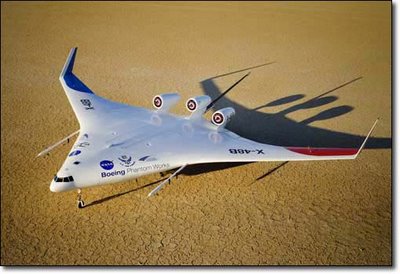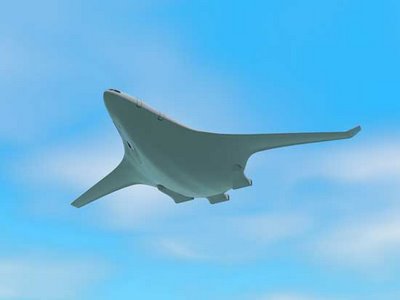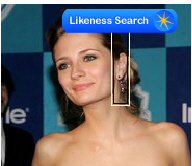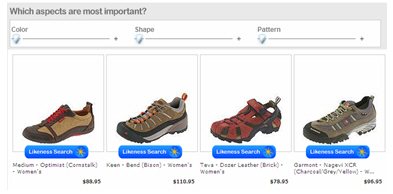
New York Times 11/06/2006
Author: Associated Press
c. 2006 New York Times Company
BOSTON (AP) -- A U.S.-British team of researchers from academia and the aerospace industry believes the passenger aircraft of the distant future will not only be fuel efficient, but virtually silent.
Leaders of a long-range research venture called the ''Silent Aircraft Initiative'' were scheduled Monday to release a conceptual design for a plane they say could cut through the air with practically no sound bothering those below, thanks to its unique shape and design features to limit engine noise.
The design adds a new twist to aviation's long history of mixed success developing flying wings designed to be more fuel- and space-efficient than conventional aircraft with long, narrow fuselages.
The design, to be announced in a news conference at the Royal Aeronautical Society in London, would blend fuselage and wings together so that the entire airframe provides lift -- an approach that to date has been confined largely to payload-carrying military aircraft such as long-range bombers.
The body shape of the ''silent aircraft'' would allow for a slower landing approach and takeoff to cut airport noise -- a form of environmental pollution that makes it politically unpopular to expand airports and flight schedules.
''The 'silent aircraft' can help address this concern and thus aid in meeting the increasing passenger demand for air transport,'' said Edward Greitzer, and professor of aeronautics at the Massachusetts Institute of Technology.
Even if he's right, don't expect to see -- or hear -- such a plane anytime soon. The project is aimed at establishing research knowledge that could lead to development of an aircraft by 2030. And whether such a plane could become a commercial success is anybody's guess.
But the project, led by researchers at Cambridge, Mass.-based MIT and Cambridge University in England, has plenty of commercial interest so far. The two universities say more than 30 aviation companies from around the world participated in the design, including aircraft maker Boeing Co. and engine maker Rolls-Royce PLC.
Rolls-Royce wouldn't participate if the project didn't have potential to help shape future aircraft design, said Martin Brodie, a spokesman for the London-based company.
''We have a very strong record of involvement in environmental programs anyway, so this is just a logical thing for us to get involved in,'' Brodie said. ''This is really a clear-blue-sky thing for the moment, and we'll have to wait to see what develops.''
More than 40 researchers from MIT and Cambridge as well as engineers from the 30 companies have been collaborating on the design since the project's launch three years ago. Funding has come largely from the British government's Department of Trade and Industry, which committed money seven years ago to establish the Cambridge-MIT Institute, a joint venture between the schools that also has worked on other projects.
For now, the aviation project's goal is not to produce a marketable aircraft.
''The goal was to find out what technologies would be required, and what an aircraft would look like if a step-change in noise reduction was one of the key drivers for design,'' said Zoltan Spakovszky, an MIT aeronautics professor and a chief engineer on the project.
One aspect of the plane's sound-reducing design eliminates flaps -- hinged sections on the rear of each wing -- to reduce a major source of noise as the plane cuts through the air at takeoff and landing.
To reduce sound reaching the ground, the jet engines would be embedded into the plane's body, rather than hung from the wings as on conventional airliners. The engines would have variable-size jet nozzles, allowing slower jet propulsion during takeoff and landing but efficient cruising at higher speeds.
The proposed plane is designed to carry 215 passengers and achieve fuel efficiency of 124 passenger-miles per gallon.
By comparison, Boeing's 787 Dreamliner, a fuel-efficient airliner due for delivery in 2008, is expected to achieve 100 passenger-miles per gallon on a typical flight, Boeing spokesman Adam Morgan said.

Financial Times 11/06/2006
Author: Clive Cookson
(c) 2006 The Financial Times Limited. All rights reserved
The cause of green aviation will receive a boost when researchers from Cambridge University and the Massachusetts Institute of Technology unveil their futuristic design for a "silent aircraft" that is also ultra-fuel efficient.
The noise that people would hear on the ground has been cut by a factor of 3,000, says Ann Dowling, who headed the Cambridge team - so the aircraft would hardly be audible abovenormal background noise outside the airport perimeter. It would consume 25 per cent less fuel than today's most efficient airliners.
The Cambridge MIT Institute (CMI) has worked for three years with Boeing, Rolls-Royce, Nasa and other aerospace organisations on its Silent Aircraft Initiative, with total funding of more than Pounds 4m including industrial contributions. The 40 engineers and scientists on the project released a preliminary design last year but it has changed substantially ahead of its presentation to the Royal Aeronautical Society in London today.
The overall shape is a tail-less flying wing or "blended wing body", so that the whole structure provides lift. This enables it to make a slower, steeper and therefore quieter approach to landing than a traditional "tube and wings" aircraft. Conventional flaps and slats, which are usually a noise source, have been eliminated.
Three novel engines are mounted on the top of the aircraft, to screen noise from the ground. Unlike today's engines, they have variable-size jet nozzles to allow slow jet propulsion for low noise during take-off and climb - and then higher jet speeds optimised for maximum efficiency during cruise.
When the project started the emphasis was on silence, with fuel efficiency very much a secondary objective. But, as the global warming debate has heated up over the past three years, the public has been much more aware of commercial aviation as a fast-growing source of carbon emissions. So the CMI design team has paid more attention to reducing fuel consumption than it originally expected.
"On the whole, fortunately, fuel economy and quietness have gone together well," says Tom Hynes, head of engine design for the project. "We thought at the beginning that there would be more trade-offs between them than has actually been the case. But if we were to design this aircraft purely for fuel economy there would be some differences."
The passenger experience in a flying wing aircraft with a wide delta-shaped cabin would be very different to that in a conventional cigar-shaped body. For a start, there might be no real windows. Instead, "virtual windows" might be displayed around the cabin. But the design team has done no detailed work on internal design.
The main project is winding down but Prof Dowling says Cambridge and MIT will follow up several of the technological advances made during the design phase. So will their industrial partners. "The ideas are conceptual and could not be produced without much further work," says Colin Smith, Rolls-Royce engineering and technology director. "The practical versions of concept designs inevitably involve changes to the original ideas. The aircraft and engine designs that have been shown are not necessarily what a future product will look like - rather they are a valuable platform to capture the big ideas that we need to consider when working on the next generation of designs."

Mithra Sankrithi, Boeing's chief product development engineer, adds: "They have certainly come up with several innovative ideas that we will be evaluating for incorporation into future Boeing products." But Mr Sankrithi does not envisage a passenger aircraft with such a blended-wing body flying in the near future. "There may be a military application," he adds, "but we cannot talk about that."
 From ZDnet:
From ZDnet:

















